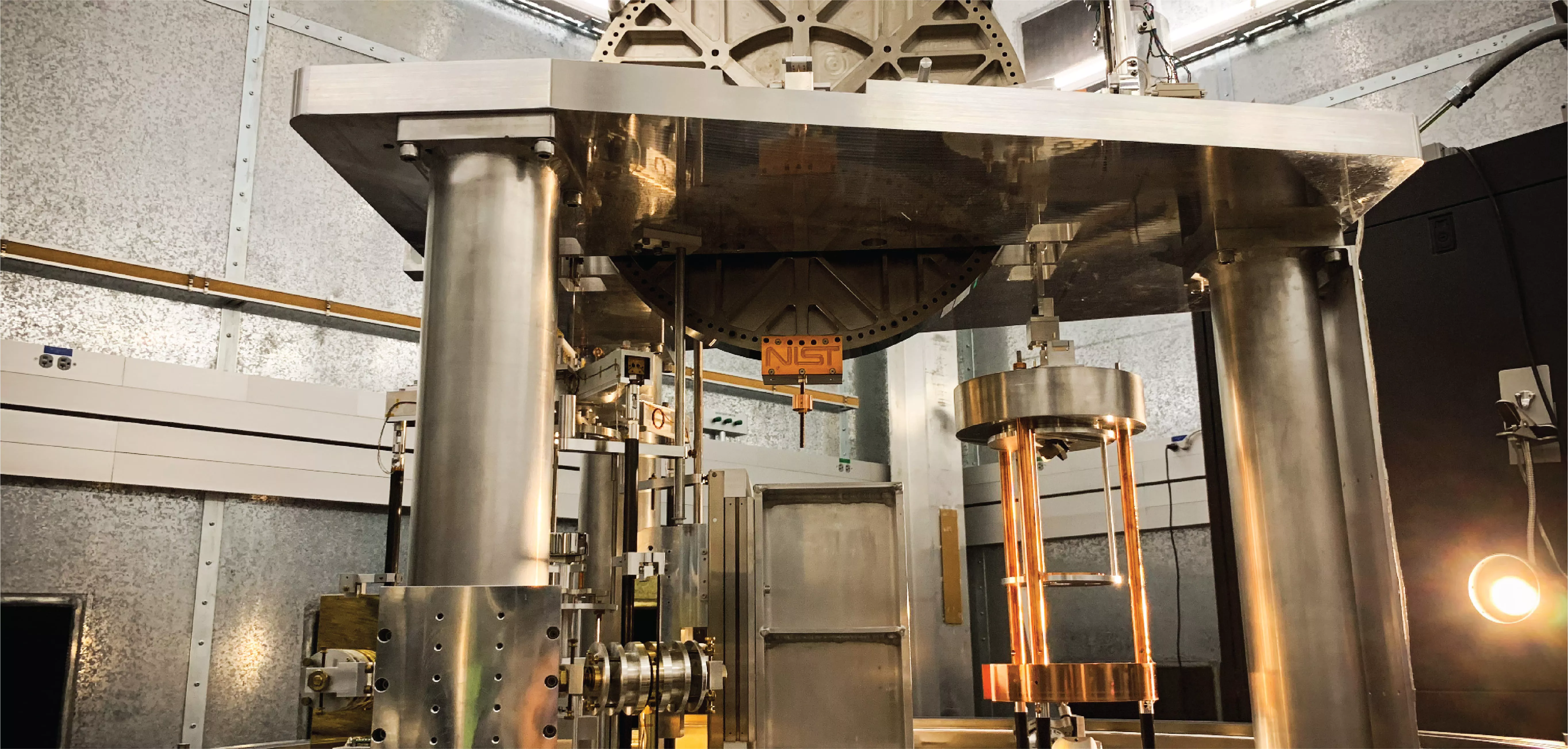
Kilogram redefined..
The last measurement unit of the SI
The kilogram has been redefined...
What Happenned?
Scientists from around the world met at the General Conference on Weights and Measures in Versailles, France, and voted to change the difinition of a kilogram, tying it to a universal constant in nature. The change is expected to go into effect on May 20th, 2019.
One important reason for the change is that Big K is not constant. It has lost around 50 Micrograms (about the mass of an eyelash) since it was created. But, frustratingly, when Big K loses mass, it’s still exactly one kilogram, per the current definition.
When Big K changes, everything else has to adjust. Or even worse: If Big K were stolen, our world’s system of mass measurement would be thrown into chaos.
With the vote day, the world’s top measurement scientists chose to affix the kilogram to the Planck constant, a fundamental concept in quantum mechanics that can never, ever change — here on Earth or in the deep reaches of the universe.1
METTLER TOLEDO has published a White Paper that will help you find out more about the reasons, methods involved and benefits of redefinition of 1 kilogram...2
* Summary
The base unit kilogram is being redefined in the biggest overhaul of the International System of Units (SI) since its inception in 1960. This White Paper explains the background and the effect this change will have on the weighing world.
* Introduction
The unit of mass, the kilogram, was the last measurement unit of the SI to be defined by a man-made physical body, an artifact. In 1889, the 1st General Conference of Weights and Measures (GCPM) adopted the International Prototype Kilogram (IPK) as the definition for the unit [1]. The “meter” was also initially defined by an artifact (a metal rod with two marks defining one meter by their distance). However, this definition was subsequently replaced by the 11th General Conference of Weights and Measures (GCPM) [2] in 1960, when the meter was defined based on specific wavelengths (which are invariant in space and time)
* Definition of one kilogram (until 2018)
The 1889 definition of the kilogram is still valid and defines the kilogram as being the mass of the IPK. This fixed value has no uncertainty.
Over the years however, doubts arose as to whether the mass of the IPK was stable. There were hints that the IPK might lose mass over time. An estimation of the magnitude of the loss is about 50 Micrograms [3] which corresponds to an error of 0.000005% in more than 100 years. Scientific research projects began to find an alternative definition which was based on an invariant natural constant in order to avoid any future problems with stability of the unit. (Note: It is not possible to “measure” the mass of the IPK since there is no reference to do so. However, from the behavior of the many kilograms that were calibrated with reference to the IPK since 1889, certain hints on the behavior of the IPK over time can be derived.)
This problem is not limited to 1 kg as all other weight values are proportionally dependent on the definition of the kilogram. This means that, for example, when weighing 100 g, all errors appear as a tenth, and when weighing 50 kg, all errors appear with 50 times the effect.
* Definition from 2019 onwards
The new definition of the kilogram is based on the Planck constant h. Up until 2018, this physical constant was measured. Since the unit of this constant is s−1·m2·kg, its value has been measured dependent on the definition of second, meter and kilogram using the definition of the kilogram based on the IPK. From May 20, 2019 onwards, the value of h will be fixed. Thus the mass of any physical object will be measured dependent on h. The new definition will officially read:
The kilogram, kg, is the unit of mass; its magnitude is set by fixing the numerical value of the Planck constant to be equal to exactly 6.626 070 15×10−34 when it is expressed in the unit s−1·m2·kg, which is equal to J·s
Since the units “second” and “meter” had already been based on fixed values of physical constants a long time ago, by finally fixing h to the best known value, the kilogram is also fully defined by physical constants and no longer by the IPK.
With this new definition in place, one is no longer dependent on the “one” IPK kilogram in Paris. In theory, it is now possible to realize the SI unit of mass at any place, at any time and by anyone. This holds true for the SI‘s six other base units of measure, namely the second for time, the ampere for electric current, the meter for measurement of length, the mole for amount of substance, the kelvin for temperature, and the candela for luminous intensity
* Conclusions
The redefinition of the kilogram is a fundamental step for the International System of Units and for metrology in general. The kilogram will now be based on an invariant natural constant (h) which is absolutely stable and universally accessible. The change is not expected to have any effect on calibrations and measurements. In fact, all measurements of mass will benefit from this development since a kilogram will now be based on a stable definition. METTLER TOLEDO will continue to offer calibrations traceable to the valid SI definitions. Calibrations that are linked to the new definition of mass, namely for weights, balances, pipettes, burettes and sinkers, will continue to be offered and will show no visible effect of the change to the kilogram definition. All calibration uncertainties are expected to stay on the same level. Everything different, nothing changes.2
1. Reference: The world just redefined the kilogram
2. Reference: Redefinition of the SI Unit Kilogram; Everything Different, Nothing Changes





